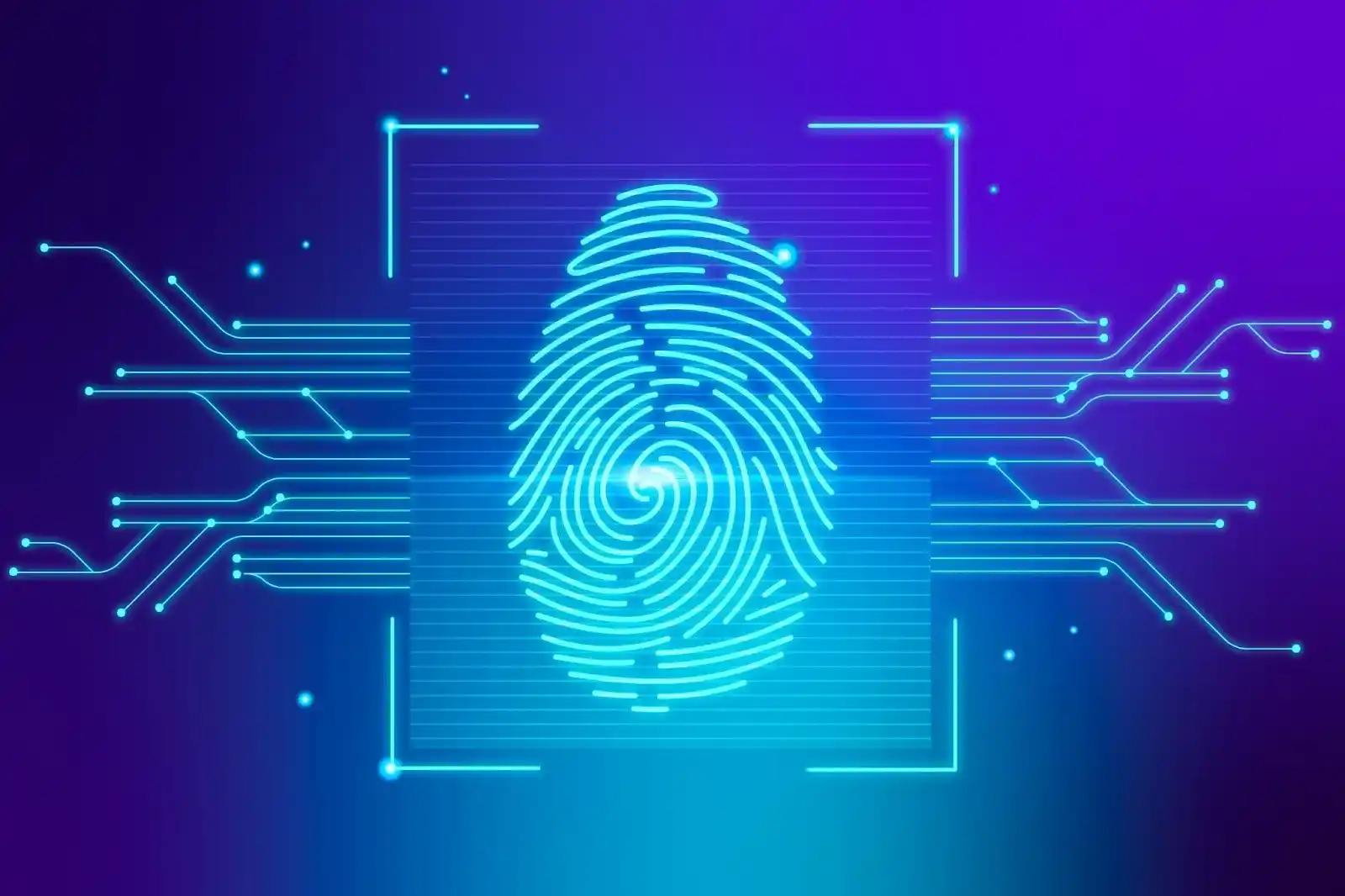Table of Contents
Your personal data is like glitter because once it’s out there, it sticks everywhere. Sites like Whitepages scoop up your Personally Identifiable Information (PII) from public sources and spread it online faster than you can say “who gave them my address?”
This guide cuts through the noise with a step-by-step, technical breakdown of the whitepages opt out process. This way, you can take your information back and keep your digital footprint a little cleaner.
What Is PII and Why Whitepages Has Your Data
Q: What is PII?
A: Personally Identifiable Information (PII) is any data that can single you out. In most cases, this includes your full name, address, phone number, email, or even your social security number.
According to IBM’s Cost of a Data Breach 2025 report, ransomware-related breaches now cost an average of $5.68 million.
Q: Why does Whitepages list PII?
A: Whitepages acts like a digital Rolodex gone rogue. It compiles personal data from public and private sources. This includes voter records, property filings, and even utility or financial data from partner brokers.
Sources include:
- Public records: Voter registration, property deeds, court filings.
- Private data brokers: Partner companies sharing collected consumer info.
- Utility and financial records: Billing and service data tied to addresses.
- Past residents: Outdated listings that mix old and new occupant data.
Q: Why is this a problem?
A: The open availability of personal details fuels identity theft, harassment, and even stalking. What starts as “public information” can easily turn into a privacy nightmare when indexed and searchable by anyone with a browser.

How to Check If Your PII Appears on WhitePages
First of all, let’s see how you can check if your PII is on WhitePages.
- Go to Whitepages.com and open the people search.
- Enter your full name and city/state to narrow results.
- Scan the results and select the listing that matches your address/age/relatives.
- Open the profile page and copy the listing URL for removal.
- Verify that every detail matches your identity before starting the opt-out.
Step-by-Step Technical Process to Remove Your PII from Whitepages
Before you can vanish from Whitepages, you’ll have to walk a small digital trail. The process is pretty simple; just make sure you do each step carefully so your info actually disappears.
- Head over to the Whitepages Opt-Out page: whitepages.com/suppression_requests
- Copy your profile link from the search results and paste it into the form.
- Pick a reason for removal and hit submit.
- Verify it’s really you, either by email or SMS.
- Open the confirmation message and approve the request.
- Watch for a follow-up email confirming your info is gone.
- Wait 24 – 48 hours, then check the same link to make sure the listing was deleted.
Automating Whitepages Opt-Out with Privacy Tools
If you don’t want to spend hours submitting forms, automation tools can handle most of the heavy lifting. Here’s a quick breakdown of your best options:
| Tool Type | What It Does | Example / Benefit |
| Browser Extensions | Detect exposed PII on websites and alert you in real time. | Helps you catch new leaks before they spread. |
| Data Removal Software | Automates multiple opt-outs across major data broker sites. | An automated data removal service can save hours by handling bulk requests. |
| VPNs & Privacy Tools | Hide your IP address and encrypt traffic during opt-outs. | Adds an extra layer of privacy when submitting removal forms. |
Tip: Use automation for speed, but do manual checks every few months – even the smartest tools need a human double-check.

What Happens After You Opt Out of Whitepages
Q1. Does Whitepages confirm deletion?
Yes. Once your request is processed, Whitepages sends a confirmation email letting you know your listing has been removed.
Q2. Can my data reappear later?
Unfortunately, yes. If your information resurfaces in new public records or partner databases, it can show up again, which is why occasional rechecks are smart.
Q3. What if I find duplicate profiles?
Each profile has to be removed individually. Copy every duplicate listing URL and repeat the opt-out process for each one.
Best Practices to Prevent Future PII Exposure
Removing your info from Whitepages is great, but keeping it off the internet for good takes a few smart habits. Here’s what actually helps:
- Use different emails when signing up for stuff online. Keep one for serious accounts and another for random sign-ups.
- Google yourself every once in a while or check data broker sites to see if your info’s popped back up.
- Share less on social media. The fewer people who know about your address, job, or family, the better.
- Turn on two-factor authentication (2FA). That extra login step can stop someone from getting into your accounts.
- Unsubscribe or opt out of those “special offers”; they’re usually just trading your data for discounts.
Summary: Securing Your Digital Footprint
Getting your info off Whitepages is a solid start, but it’s not something you do once and forget about. These sites update their records all the time, so keeping your data private means checking in every so often.
Mix manual opt-outs with smart tools that can handle the busywork for you. A little effort now and then goes a long way toward keeping your personal info off public lists and out of the wrong hands.